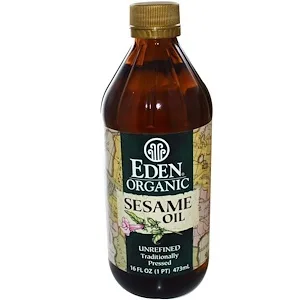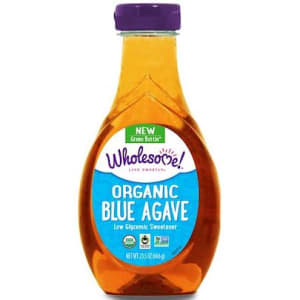Getting deep, rich flavor into these Japanese-inspired rice bowls is easy when you use ingredients with umami. These Miso Umami Bowls get sweetness from sweet potatoes and agave, saltiness from tamari, richness from avocado, bitterness from the slight char that results from oven roasting and umami from soy, miso, and tofu.
Be creative with the toppings and the base. For the base, rice, lettuce, or quinoa all work equally as well. For toppings, you can add herbs, salt, sesame seeds, red pepper, Sriracha, scallions, pickled ginger or any other Japanese flavor.
What is umami?

Commonly called the 5th taste, umami gives depth and mouthwatering flavors to foods through interaction with the glutamate receptor.
A Japanese professor discovered umami in 1908. Determined to find out what gave his seaweed soup its intense, savory flavor, he isolated the flavor from kelp in his dish. He named the taste ‘deliciousness’ or umami. In a plan to commercialize this taste, he found a way to combine the glutamates with sodium, to form Monosodium Glutamate, also known as MSG.
What common plant-based ingredients that have umami?
Monosodium glutamate
Yes, it has a bad rap, but MSG is the quintessential umami bomb. MSG in food activates glutamate receptors in the taste buds. These transmit signals to distinct regions of the brain, causing the characteristic taste. Not everyone can eat MSG, though. Some people have severe sensitivities to MSG, such as headache, flushing, sweating, or nausea, while others have eaten MSG for centuries without any issue.
Miso
Miso is a traditional Japanese seasoning produced by fermenting soybeans with salt and other ingredients. The result is a probiotic-rich thick paste that also triggers the umami sense. Miso can add flavor to a variety of sauces and soups, as well as vegetables and dressings.
Mushrooms
Because drying mushrooms concentrates their guanylate content, they are a good source of glutamate. The best mushrooms for providing umami include shiitake, shimeji, and enoki.
Seaweed
Seaweeds, and in particular kombu, provide an excellent source of glutamates. Therefore, adding dried seaweed flakes into dishes —such as broths, soups and stews— is a great way to add a bit of umami flavor to your dishes.
Love the Miso Umami Bowls?
You will also love this Ramen recipe!










